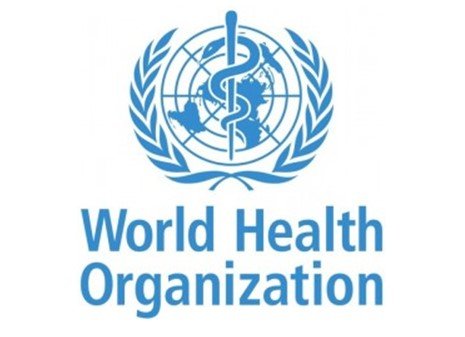International partners applaud the elimination process and emphasize
To commemorate the third Cervical Cancer Elimination Day of Action, world leaders, survivors, advocates, partners, and members of civil society will be gathering. This year's anniversary of the Initiative, which started when Member States adopted a resolution to eradicate a noncommunicable illness for the first time, is expected to be a ray of optimism, progress, and redoubled commitment from governments all around the world.
The World Health Organization (WHO) issued a call to action on November 17 that is being embraced by nations all around the world. Governments and communities are setting the example by pledging their support and devising plans to eradicate cervical cancer.
significant advancements in HPV vaccination
A further thirty countries have introduced the Human Papillomavirus (HPV) vaccine since the Global Strategy to Accelerate the Elimination of Cervical Cancer as a Public Health Problem was launched three years ago. These countries include Bangladesh, Indonesia, and Nigeria, which have large populations and high rates of cervical cancer. Currently, the HPV vaccination is a part of national immunization programs in 140 countries.
For the first time since the pre-pandemic era, the percentage of girls worldwide who received at least one dose of the HPV vaccine has climbed to 21% in 2022. The world will be on track to reach its 2030 goal of providing HPV vaccinations to all girls worldwide if current trends continue.
WHO has started deliberate efforts to revive HPV vaccination programs in order to attain the 90% coverage target. These efforts are being carried out in partnership with GAVI, the Vaccine Alliance, and other partners. Girls who missed HPV immunization due to pandemic disruptions will be given the opportunity to make up lost time.
Insufficient advancements in screening and therapy
Nations have made investments to expand global access to screening. This year, the Ministries of Health in 14 low- and middle-income countries achieved the milestone of screening over a million women in collaboration with Unitaid, a global health initiative that works with partners to bring about innovations to prevent, diagnose, and treat major diseases in low- and middle-income countries, with an emphasis on tuberculosis, malaria, HIV/AIDS, and its deadly co-infections.
More access to surgery, radiation, chemotherapy, and palliative care is still required for most cervical cancer patients in developing nations. However, just 65% of nations offer cervical cancer screening programs, and 69% of them include radiation therapy in their health care packages as a means of treating cervical cancer.

Thank you for publishing your post a warm welcome from @ crowd1, thank you for your delightful and lovely article, you have good writing skills✍️. Join our vibrant steemit community for engaging discussions, valuable insights, and exciting contests! Connect with fellow steemians and unlock endless possibilities. Let's grow together! JoinOurCommunity

Crowd1 booster community
Happy writing and good fortune🤝